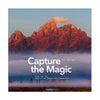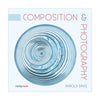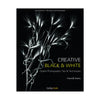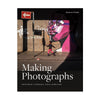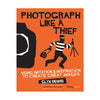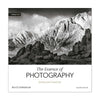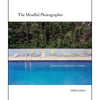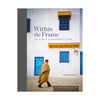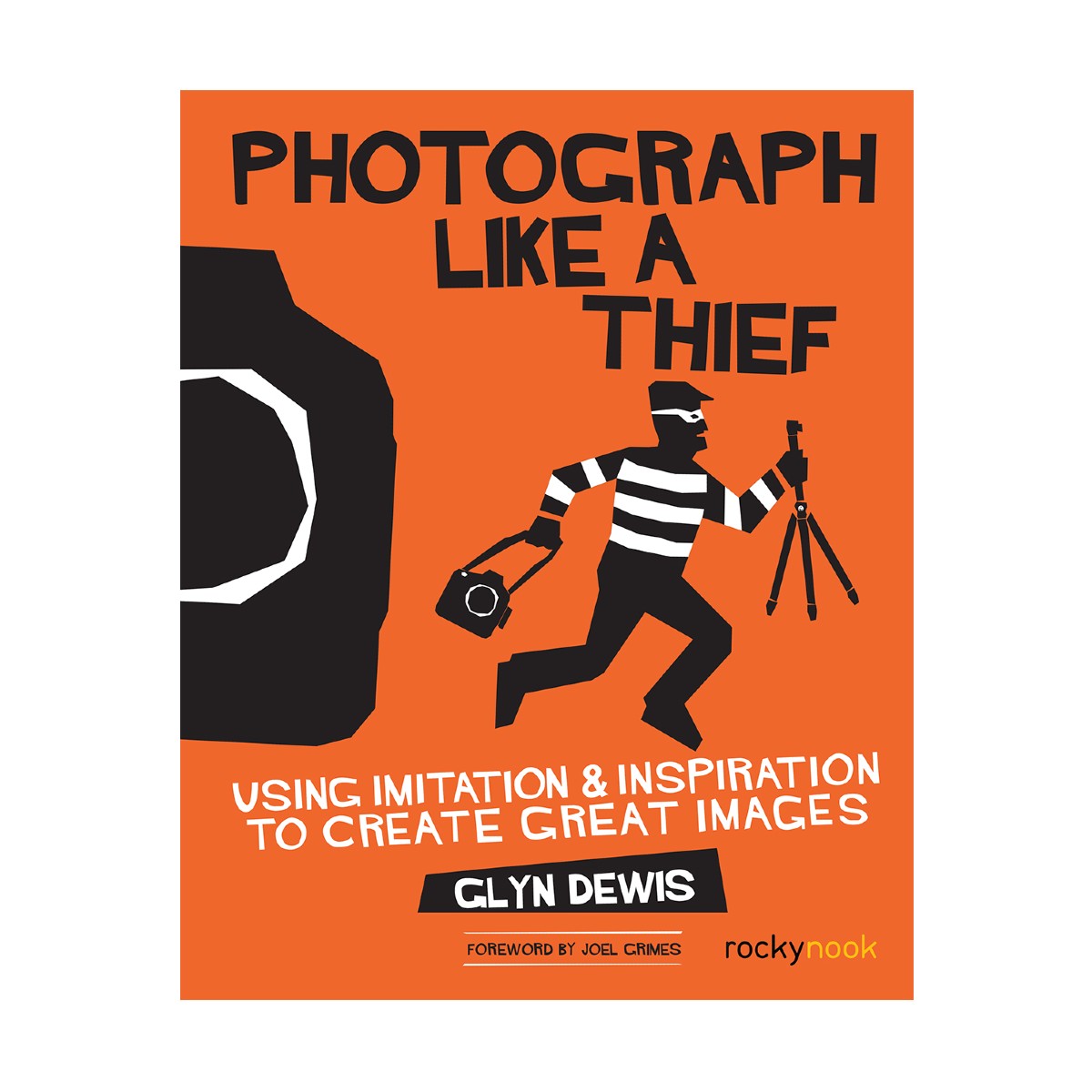
- By Author GLYN DEWIS
- 408 PAGES
Description
Unlocking Creativity through Imitation and Inspiration
No photographer operates in isolation. Much like any artist, photographers draw inspiration from those who preceded them and are shaped by the creative community around them. If you aim to cultivate a distinctive style, a potent practice involves seeking influence and inspiration from the work of your peers, then emulating and reshaping those influences to craft and evolve your own photographic identity. By assimilating, imitating, and ultimately transforming the work of others, you can unearth your unique voice, elevating the quality of your photography.
In "Photograph Like a Thief," acclaimed photographer, author, and retoucher Glyn Dewis embraces the concept of “stealing” and reimagining others' work as a means to grow as an artist. Stepping into the visual narratives crafted by others enables you to deconstruct their creative process, subsequently building images that pay homage to their work while standing as distinct original creations.
Glyn guides you through the journey of "stealing ideas" and finding inspiration, sharing insights into the gear he employs and detailing his retouching and post-processing workflow. Exploring the intricacies of reverse engineering a photograph, he delves into analyzing catch lights, shadow and highlight placements, and the characteristics of shadows—essential skills for recreating a specific aesthetic.
Throughout the book, Glyn deconstructs a series of images inspired by movies, books, history, and influential photographers. From conceptualization and inspiration to the final results, he elucidates the process of reverse engineering each shot, discussing the gear used, lighting techniques, and the post-processing workflow in Photoshop—from the raw, out-of-camera shot to the polished masterpiece. While Glyn's expertise is rooted in portraiture, his eclectic sources of inspiration demonstrate the universality of the approach.
Collaborating with Glyn (with all files available for download), you can learn to discern inspiration in your surroundings, understand how external influences shape your work, enhance your photographic and post-processing skills, and embark on your personal journey to define a distinctive style.
Who knows? Soon, others may find themselves drawing inspiration from your work.

